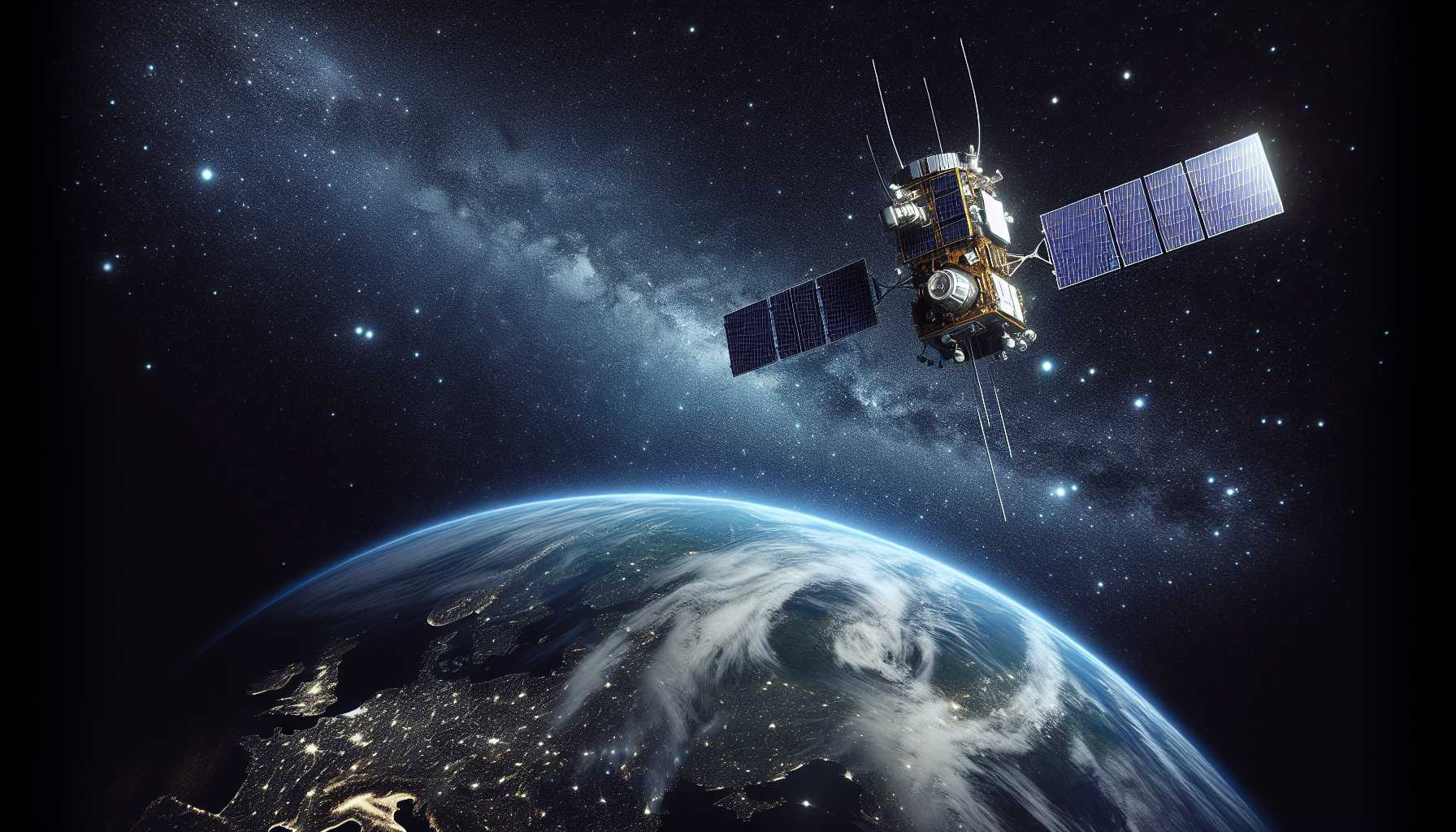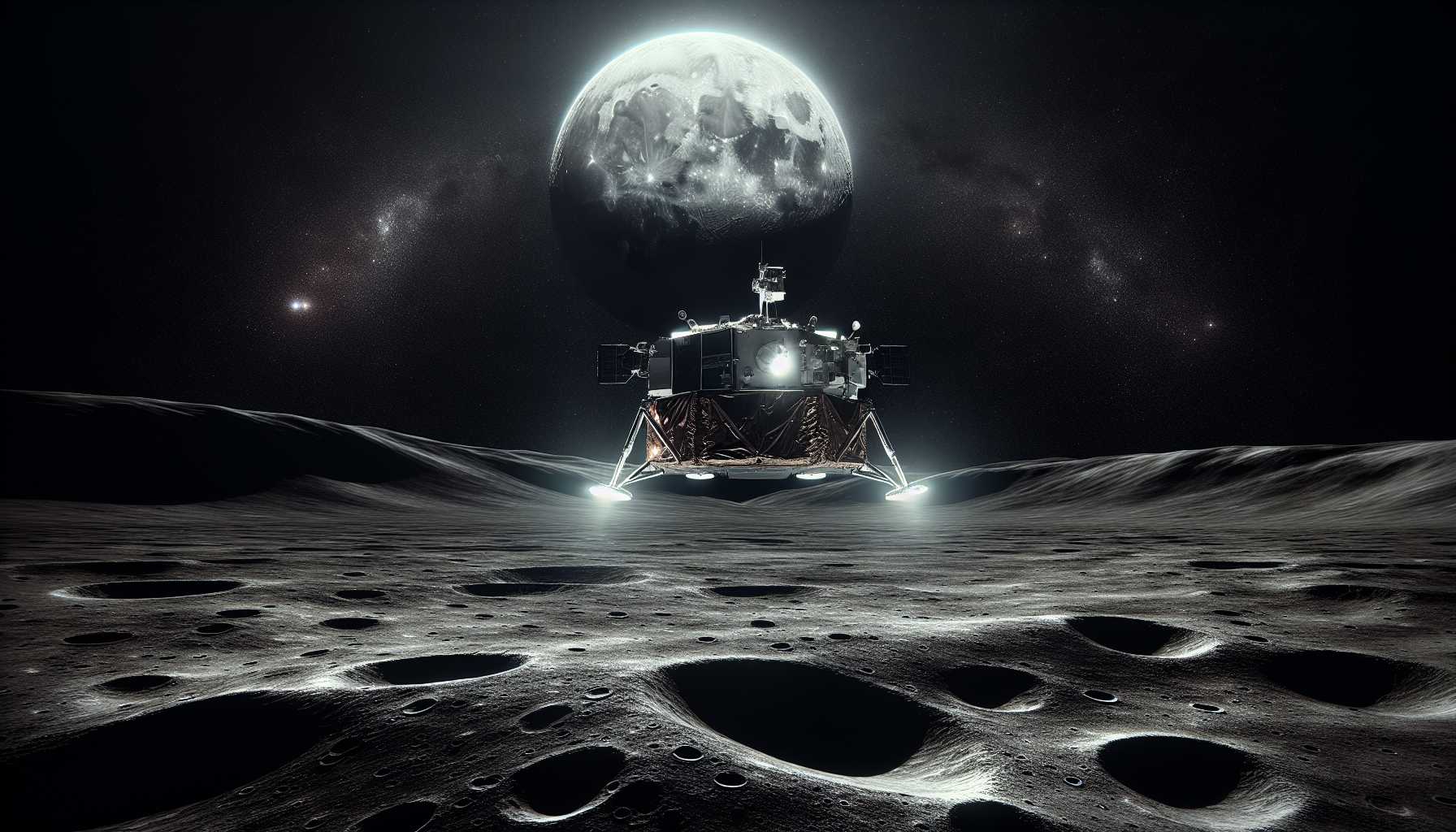?
In the vast theatrics of combating climate change, carbon dioxide often nabs the starring role. Yet, lurking in CO2’s shadow is an often-underestimated villain: methane. Methane is like carbon dioxide’s less-talked-about cousin who, despite keeping a lower profile, packs a monumental punch in escalating global temperatures. According to the grandmaster of energy statistics, the International Energy Agency, methane is responsible for no less than 30% of the rise in our planet’s temps since the days of corsets and steam engines (aka the Industrial Revolution). The energy sector is the proverbial ‘methane monster,’ chomping out about 40% of human-caused methane emissions. The big headline? Cutting these emissions is a critical, if not the most high-impact, move we can make now for some quick climate wins.
Methane Busting: Google’s AI-Powered Satellite Odyssey
So, here’s where it gets techy-cool: old mates Google and the Environmental Defense Fund (EDF) are locking arms again to kick some methane butt. They’ve had a hoot before, with Google’s Street View cars sniping methane leaks in big cities with nifty sensors. This time, though, it’s a level-up with a stellar blend of satellite imagery and AI brainpower.
The EDF, joined by satellite-savvy pals, has concocted a high-tech flying contraption, MethaneSAT, and it’s prepping for a SpaceX Falcon 9 rocket to fling it into the wild blue yonder come early March. While this isn’t our first space rodeo with methane-detecting satellites, MethaneSAT is flashing the promise of the juiciest, most encompassing methane emissions snapshot for our blue orb yet.
Imagine a satellite whizzing around Earth 15 times daily at 350 miles high, camera eyes keenly fixed on the planet’s top oil and gas hangouts. It’s like a hawk with X-ray vision, spotting both mega methane belches from lone sources and the sneaky leaks scattered across a wider stage.
What’s the Google connection? As adept at navigating the digital clouds as it is at mapping our earthly streets, the tech titan is lending its Google Cloud wizardry, where algorithms chomp through emissions data faster than you can say “hey Google, reduce my carbon footprint.” And let’s geek out for a sec—Google’s AI will strut its stuff to spot oil and gas gear like storage tanks and pump jacks in much the same way it helps us dodge traffic jams via Maps.
Marry the “where’s the methane?” map with a “who’s to blame?” oil and gas infrastructure chart, and voila – energy companies get the “Here’s your leak, now fix it” memo barely before they can click ‘print.’
When Planes Are Too Smart: United’s Legal Lighting Lament
Shifting gears to an altitude with a different kind of gas problem—United Airlines’ tech-savvy Airbus A321neo planes have been causing a stir, but it’s hardly a ‘Mayday’ scenario. No, they got benched because their no smoking signs were too clever by half. Automated, nifty little things, they flicker on without any human nudge, contravening a three-decade-old rule that insists on a crew-member doing the honors of manually telling folks that lighting up mid-air is a no-go. Ironic, given that the inflight cigarette has been extinct for nearly 25 Bohemian Rhapsody singalongs.
The FAA has been scribbling exemptions for these automated signs for other fleets, but it seems United’s shiny birds are the new kids on the tarmac, and their hall pass isn’t ready yet. So, while the FAA mulls over this clash of regulatory rigidity and modern tech, let’s contemplate why we’re still so hooked on buttons.
Games, Gadgets, and… Flipper Zero?
Forget the Swiss Army Knife; there’s a new multi-tool in gizmo-town. Flipper Zero is a digital tinkerer’s dream that can chat with wireless devices, smart home systems, and now, thanks to a Raspberry Pi-powered upcraft, it can also bring the retro joy of C, C++, and MicroPython games to life. Sensor spruced and ready to shake hands (or, well, waves) with hand-tracking tech, it’s a gadget that doesn’t just play with smart tech—it reinvents it. And for the display enthusiasts, the Video Game Module joyously splashes your gaming session onto bigger screens.
Fancy one? It’s making a cameo in the US as part of a ‘developer program,’ spearheading a brigade of tech enthusiasts to dive into a sea of gaming and hacking possibilities.
Re-dialing the Nothing Phone
On the smartphone battlefront—a glimpse into the future beckons as Nothing gears up to tease tech aficionados with its Phone 2a. It’s part of a US-exclusive ‘developer program,’ cue the mystery music. Shrouded in secrecy, sans snapshots or prices, the Phone 2a might well inherit the transparent chic and groovy “Glyph” strips of its sibling, the Phone 2. Ring the bells of speculation as we await this next chapter in the sage of tech aesthetics!
Copyright Controversies & AI Litigation
Now let’s hop into a legal quicksand – comedian Sarah Silverman’s lawsuit with OpenAI is far from its final act. Silverman’s beef? That OpenAI trained their clever-as-heck AI models on her literary brainchildren without her waving the green flag. Some of her legal team’s punches have been blocked, yet the main grapple holds: copyright infringement. It’s a high-stakes drama that will have AI ethics advocates and copyright platoon leaders alike clutching their tickets tight.
Moonshots and Moon Landings: Intuitive Machines Takes a Leap
Blasting off from Earthly legalities to lunar ambitions—Intuitive Machines is fueling up its Nova-C lander, christened Odysseus, to dare where other private ventures stumbled. As the countdown to their lunar romp ticks down, NASA and commercial interest eyeball each other across a dancefloor of dusty regolith. Sporting a payload mixed bag—from NASA science to befuddling NFT projects—the question looms: What do we deem worthy of riding shotgun to Earth’s celestial neighbor?
With not a single binding manuscript on lunar littering laws, one wonders if the business tides will turn the moon into an unruly rush-hour commuting lane, or a systematic spaceport, fostering humanity’s cosmic leaps. Perhaps it’s time to carve out a lunar constitution before we play a little too fast and loose with our silvery sidekick. Odysseus is but the harbinger—this year’s trio of Nova-C landers is merely the opening act in the lunar theatre.
As our tech titans, airline ancients, and cosmic contenders juggle with the exciting, the mundane, and the ethical boundaries of technology, one truth persists: we’re living in an age of rapid innovation that often outpaces the ink of legislation. With each methane map, grounded plane, smartphone saga, AI tussle, and lunar expedition, the marriage of technology and society complexifies. Get your popcorn ready — it’s going to be quite the odyssey.






